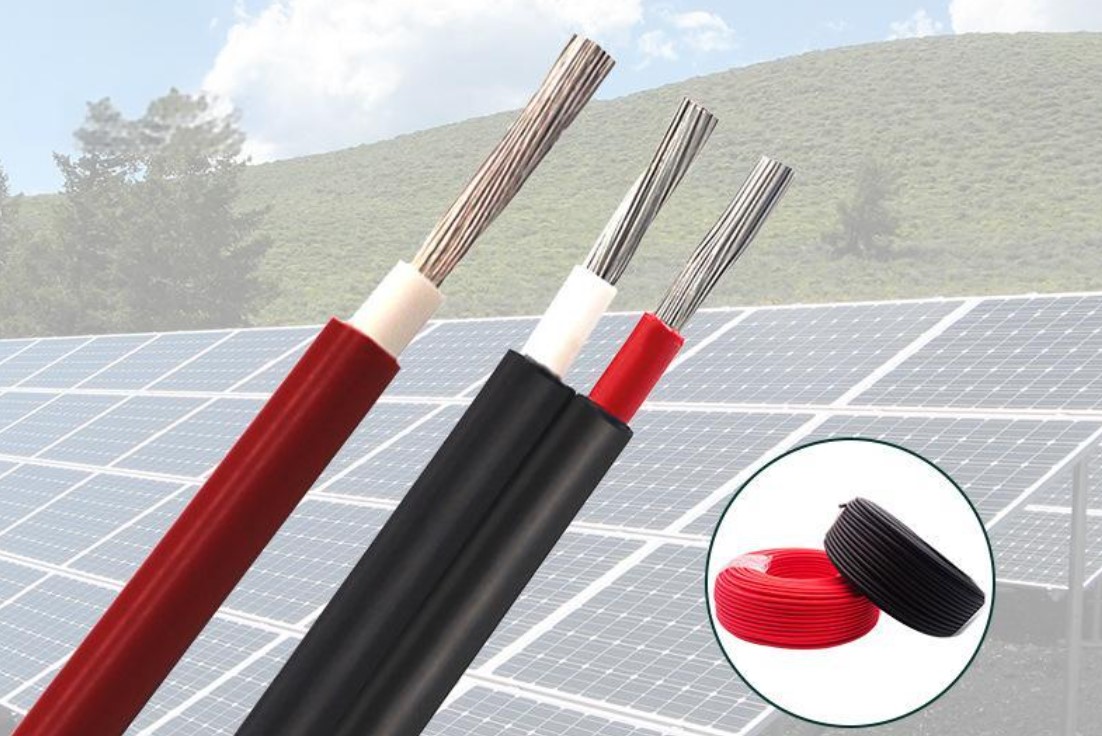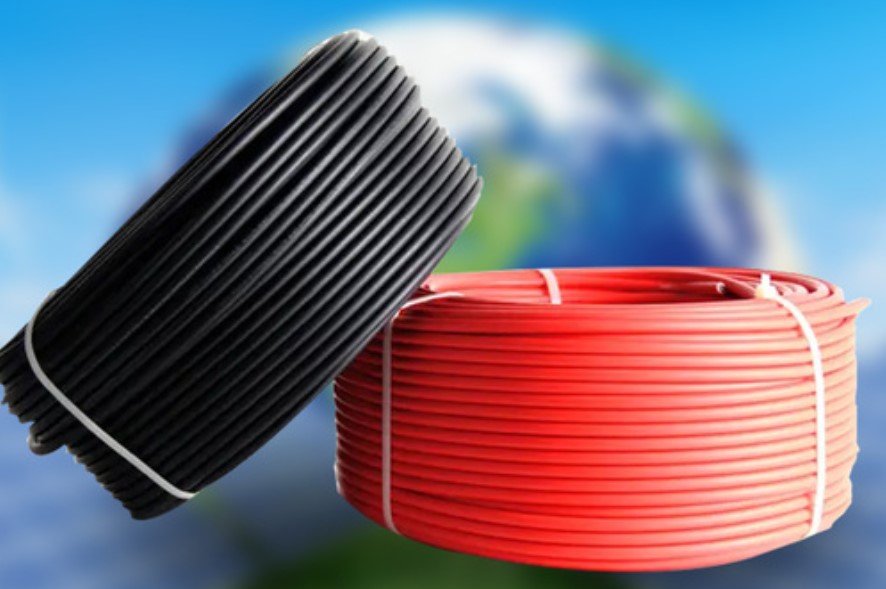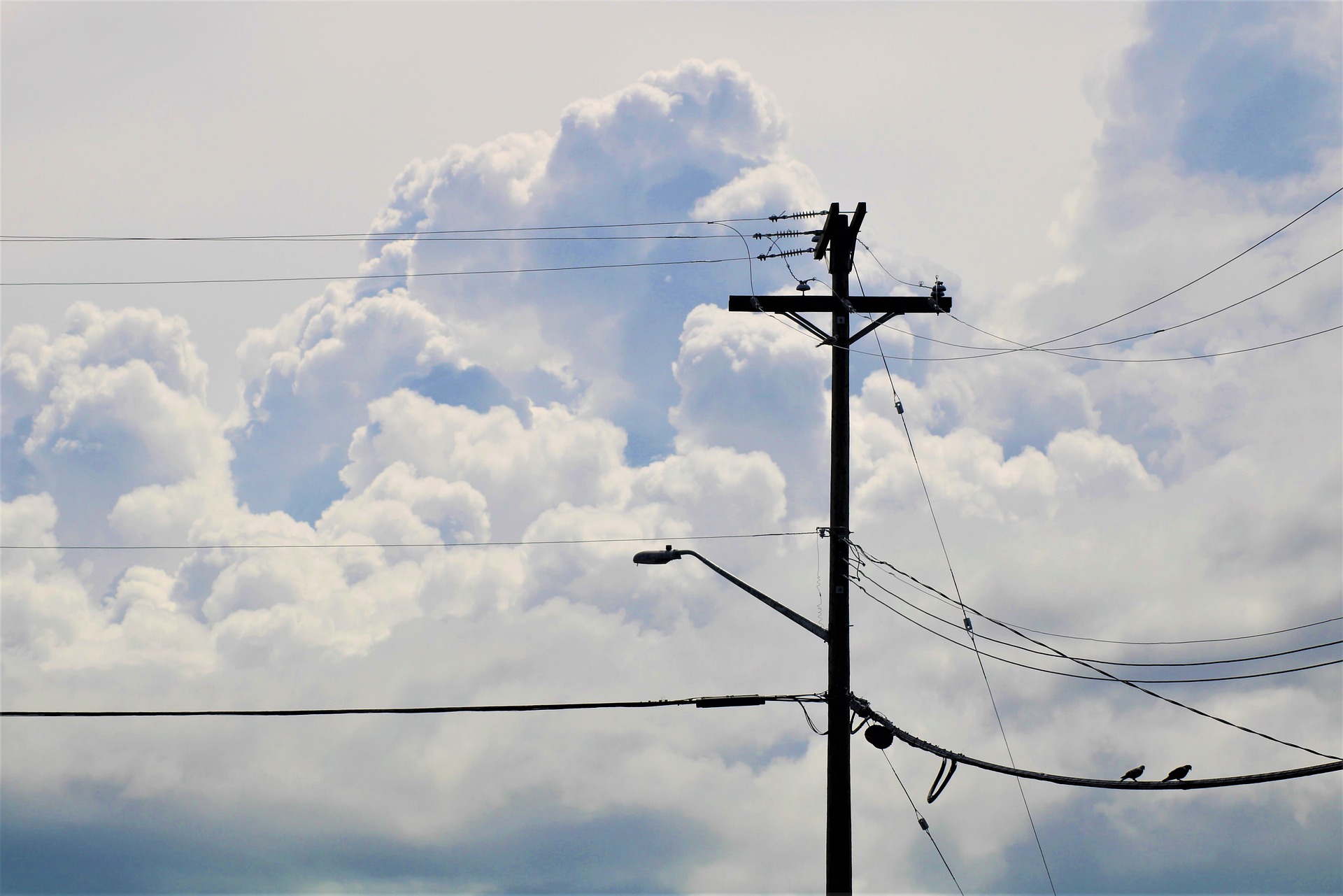Photovoltaic (PV) cables are essential components in solar energy systems, playing a crucial role in the efficient transmission of electrical power generated by solar panels. One of the key treatments used to enhance the performance and longevity of these cables is crosslinking irradiation. This sophisticated process significantly improves the heat resistance, aging resistance, mechanical strength, and insulation properties of PV cables, ensuring they can withstand the demanding conditions of solar energy applications.

What is Crosslinking Irradiation?
Crosslinking irradiation is a technique that involves exposing polymer materials to radiant energy to form cross-links between the molecules. This process transforms the physical and chemical properties of the material, resulting in enhanced performance characteristics. For PV DC cables, crosslinking irradiation is crucial in boosting their durability and reliability.
Benefits of Crosslinking Irradiation Treatment

1. Enhanced Heat Resistance
One of the primary benefits of crosslinking irradiation is the improvement in heat resistance. PV cables treated with this method can operate efficiently in high-temperature environments without suffering from insulation aging or softening. This makes them ideal for solar installations where cables are often exposed to direct sunlight and elevated temperatures. The enhanced heat resistance ensures that the cables maintain their integrity and functionality over time, reducing the risk of failures and the need for frequent replacements.
2. Improved Aging Resistance
Aging resistance is another critical advantage of crosslinking irradiation. The process stabilizes the molecular structure of the cable material, making it more resistant to the effects of aging. This stability translates to a longer service life for the cables, as they are better equipped to withstand the physical and chemical stresses that occur over time. Improved aging resistance is particularly important for PV cables, which are expected to perform reliably for decades in outdoor environments.
3. Increased Mechanical Strength
Crosslinking irradiation also enhances the mechanical strength and tensile resistance of PV cables. This increased strength makes the cables more durable and capable of withstanding physical stresses such as bending, stretching, and abrasion. In solar installations, where cables are often routed through various terrains and subjected to mechanical forces, this enhanced durability is crucial for maintaining the integrity of the electrical connections.
4. Superior Insulation Performance
The insulation properties of PV cables are significantly improved through crosslinking irradiation. This treatment boosts both the insulation strength and insulation resistance, reducing the likelihood of insulation faults during operation. Enhanced insulation performance is essential for preventing electrical failures and ensuring the safe and efficient transmission of power from solar panels to inverters and other system components.
Conclusion
The irradiation of photovoltaic power cables through crosslinking is a vital process that greatly enhances their performance and longevity. By improving heat resistance, aging resistance, mechanical strength, and insulation properties, this treatment ensures that PV cables can withstand the harsh conditions typical of solar energy systems. As a result, crosslinked irradiated PV cables offer increased reliability, reduced maintenance, and a longer service life, making them an excellent choice for solar installations. Understanding and utilizing these advanced treatments can lead to more efficient and resilient solar energy systems, contributing to the broader adoption and success of renewable energy technologies.

Comments
No comments yet. Be the first to react!